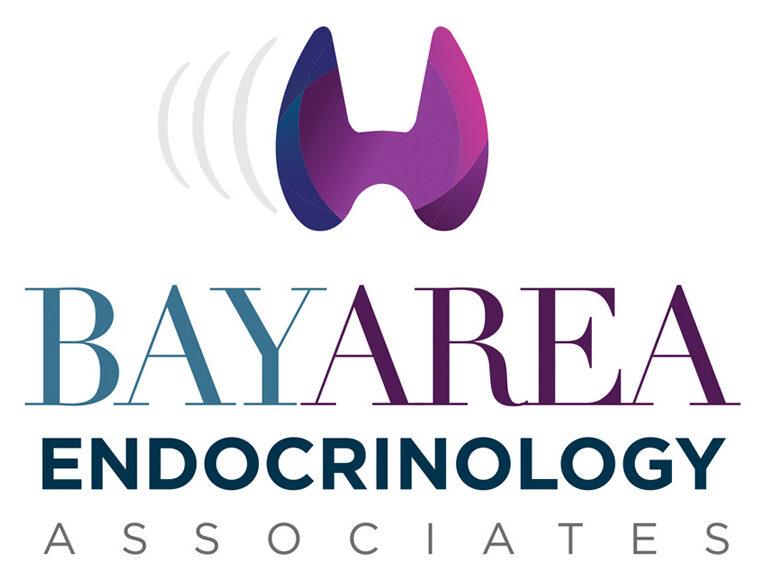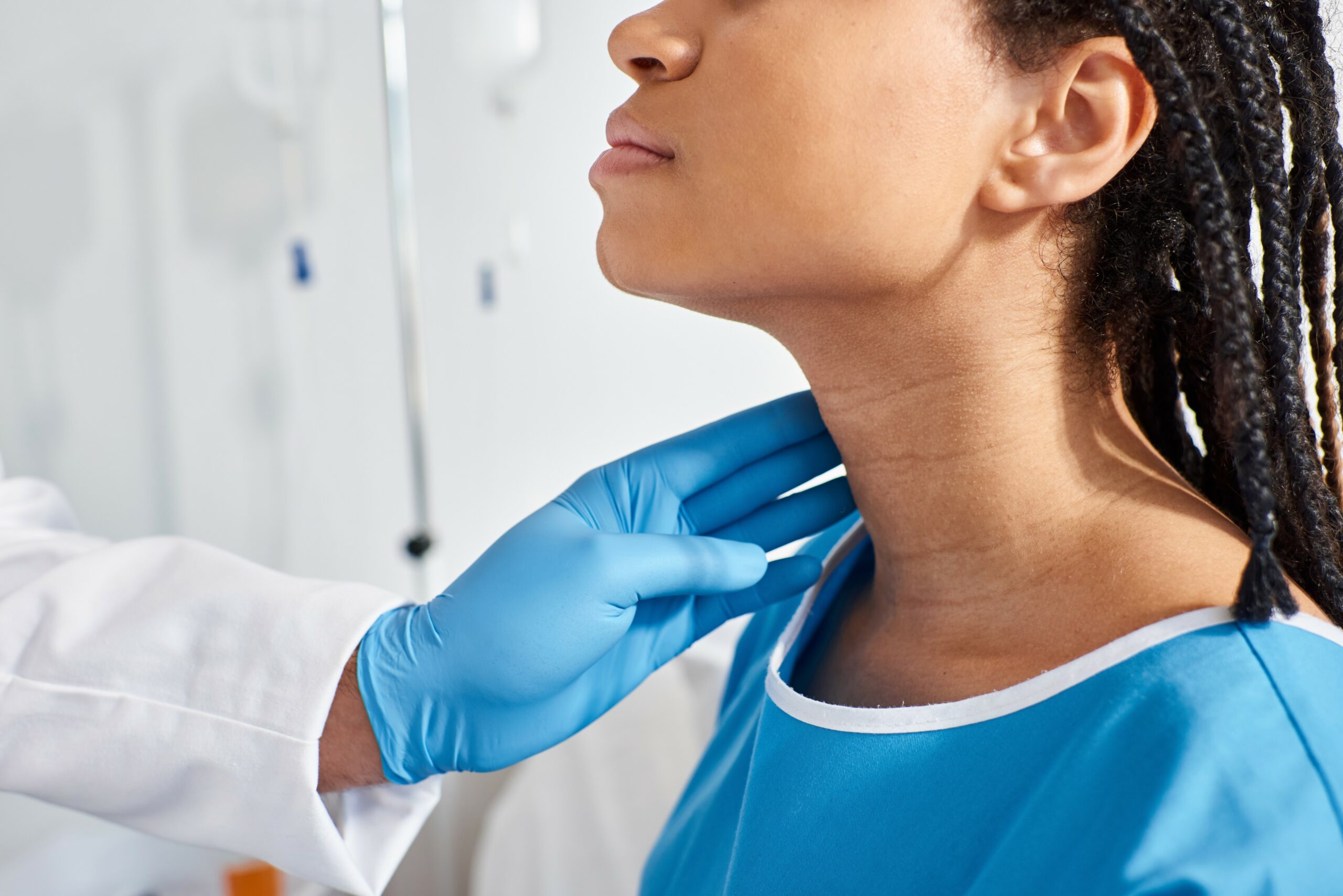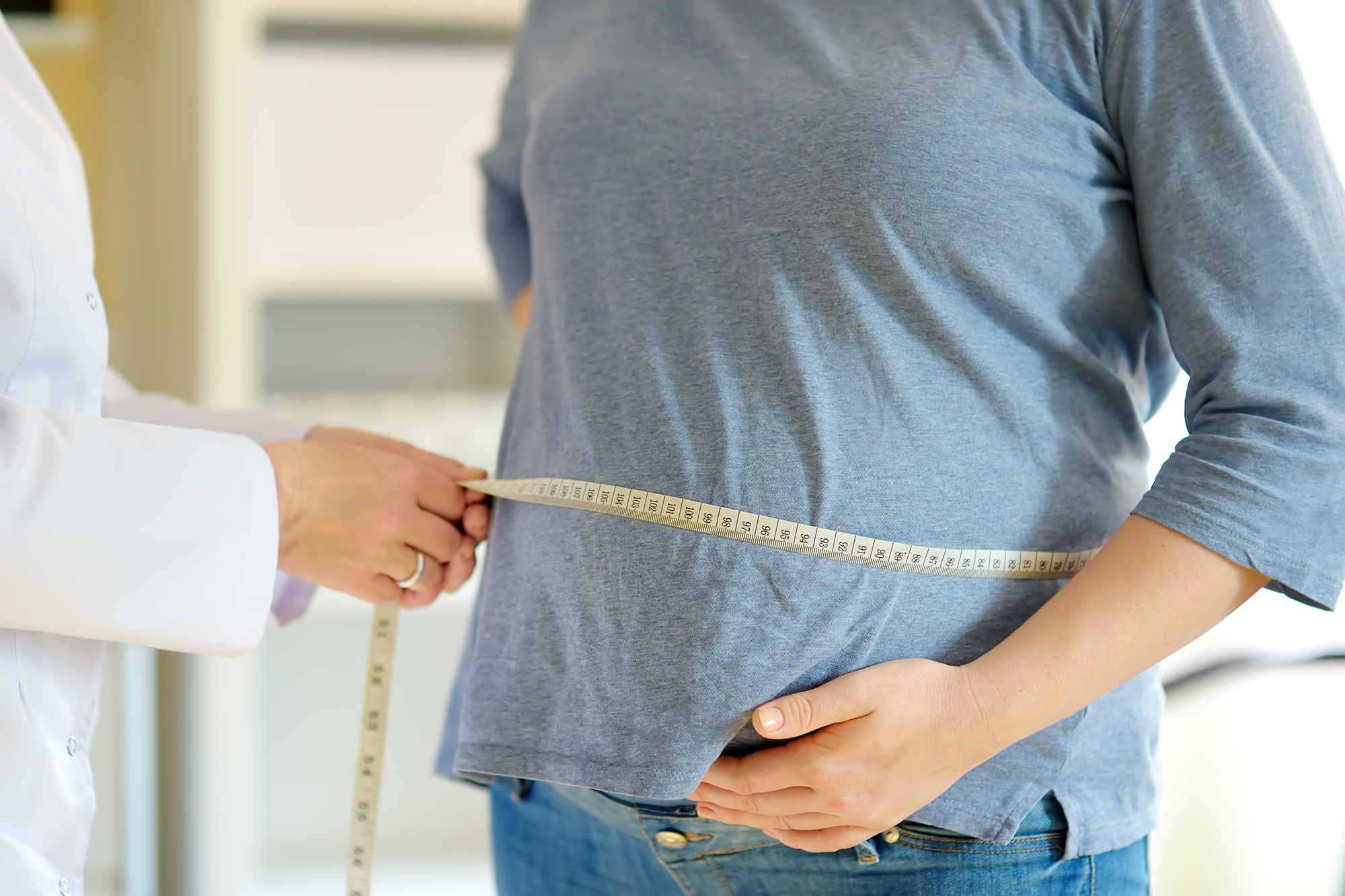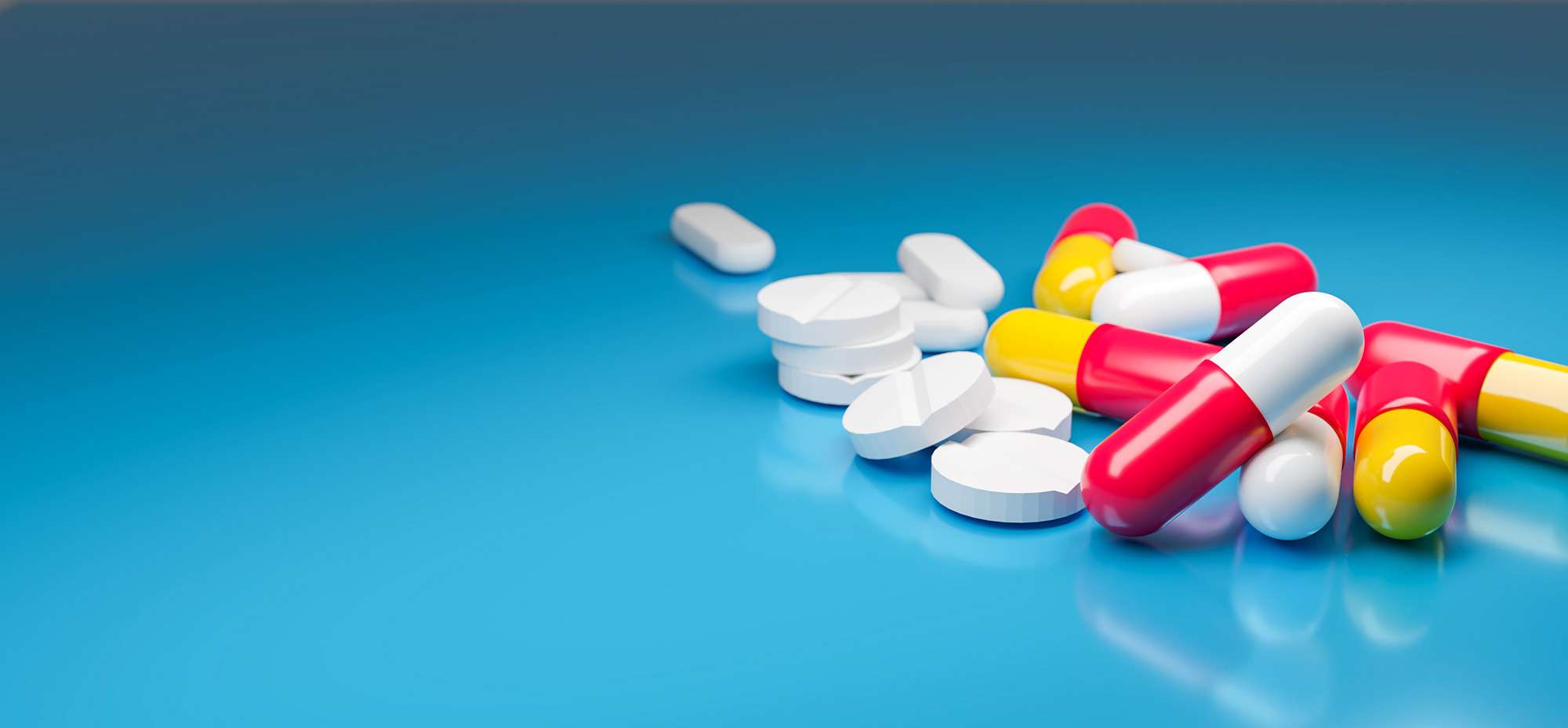Thyroid health is an important indicator of overall health. The thyroid is a small gland located at the bottom of the neck. It releases hormones that help to regulate bodily functions into the bloodstream. The thyroid is key when it comes to processes like growth and metabolism. Changes to the thyroid can cause disruptions in some bodily systems. Changes to weight, mood, and frequency of sweating can all be caused by thyroid nodules. At Bay Area Endocrinology Associates in Tampa, we see people with suspected nodules all the time.
There are plenty of symptoms for thyroid nodules. In some cases, they’re large enough to be felt or seen. When nodules are present, they may be linked to overproduction or underproduction of thyroid hormones. Overproduction is known as hyperthyroidism. Weight loss, insomnia, and weakness are all symptoms of this issue. Hypothyroidism means the underproduction of thyroid hormones. Symptoms of this disorder include dry skin, being cold all the time, trouble remembering things, and depression.
Cytology and Testing the Thyroid
For nodules that aren’t visible to the naked eye, diagnosis is done with radiological imaging tools. These include CT or computed tomography scans, and PET or positron emission tomography scans. Once a nodule has been identified, it can be further tested. This is important because some thyroid nodules are cancerous. Identifying those before cancer can metastasize and spread is a crucial step any thyroid doctor needs to take.
In order to find out what’s going on inside the thyroid nodule, doctors send patients for thyroid fine-needle aspiration biopsy. This is performed with a fine, thin needle. It’s inserted into the thyroid and draws out some cells. Cytology is the study of the structure and function of animal cells. In effect, it means that a scientist is going to look at animal cells under a microscope and make determinations about them.
The Nuts and Bolts of Cytology
There are a few different ways that scientists may prepare slides in order to evaluate the thyroid health of a particular patient. The direct smear, cytospin, and cell block are all different ways of preparing the sample to be looked at under a microscope. After putting the samples on the slides, they need to be fixed in place. They will also need to be stained so that the lab workers can see the cells properly. There are three commonly used dyes for this purpose: diff-quick, Papanicolaou and hematoxylin, and eosin or H&E. H&E is one of the most widely used stains. It makes the interior of a cell look pink, and the nucleus or center looks purple.
When the slides are ready, someone will look at them under the microscope and interpret them. This is where the term adequacy really comes into play. Adequacy refers to the characteristics of the cells in the sample. In order to determine cytology adequacy, a pathologist or cytology technologist will look at a few different factors. These include how many cells are present, what types of cells they are, the presence of colloid, and the way the cells are put together. Colloid is important. Colloid nodules are benign. This is the result that every patient and doctor wants to see coming back from the lab.
For a thyroid cytology sample to be judged as adequate, it needs to meet a standard of, basically, abundance. This can mean 5 or more groups of 10-15 well-preserved cells. Others set the standard higher. For them, adequacy can mean 8 groups of 10 or more well-preserved cells. If there’s inflammation or abundant colloid in a sample, these standards don’t apply.
Assessing an Adequate Sample
Having an adequate sample is great. That means there are enough cells present to make a judgment about what’s going on with the thyroid. When it comes to actually assess the cells, there are a few different determinations a pathologist can arrive at. Adequate samples can show signs of things like thyroiditis. In this disorder, the gland is irritated. It may be producing too much or too little hormone. Adequate samples can also show problematic, atypical cells. Adequate samples may also be judged to have only a colloid present.
There’s a possibility of a sample being interpreted as inadequate. This can mean it doesn’t have enough cells present to make a determination. Samples can also be judged as “blood obscured.” In general, physicians will let their patients know what the results were. Even when things are good, and the results indicate that growth is benign, that’s not necessarily the end of the road. Responsible physicians will want to monitor thyroid nodules. That can mean scheduling more biopsies down the road and getting more cytology adequacy assessment test results. The thyroid is one of the body’s most important structures. Monitoring its health can be key to overall well-being.
At Bay Area Endocrinology Associates, we do our own biopsies. We run our own lab tests. We know that thyroid testing is important to our patients. As endocrinologists, we take it just as seriously as they do.








